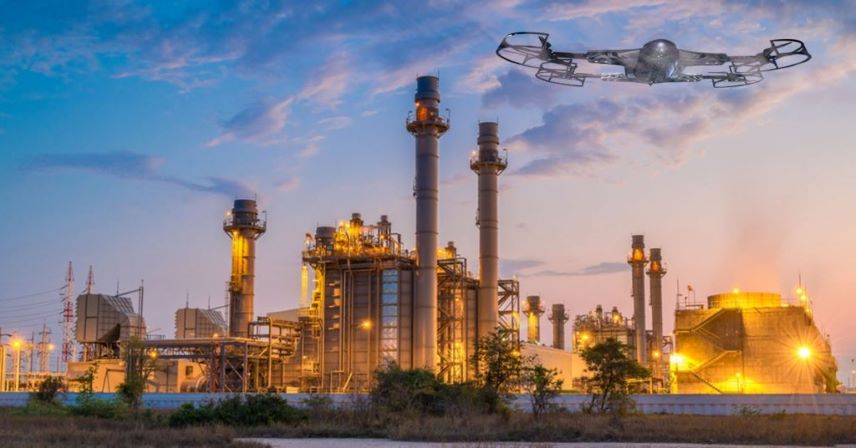Loading



The oil and gas industry is a critical sector that powers the global economy. It involves the exploration, extraction, refining, transportation, and storage of hydrocarbons. Given the hazardous nature of the materials and the environments in which operations take place, regular inspections are essential to maintain safety, ensure operational efficiency, and comply with regulatory standards. Inspections help identify potential issues before they escalate into significant problems, protecting both human life and valuable assets.
Inspections in the oil and gas industry are essential for ensuring the safety, reliability, and regulatory compliance of facilities and infrastructure. These inspections encompass various components, including pipelines, refineries, storage tanks, and offshore platforms, among others. By conducting regular inspections, operators can identify potential hazards, mitigate risks, and optimize operational efficiency.
Visual inspection is one of the most common and straightforward methods used in the oil and gas industry. It involves a thorough examination of equipment and infrastructure to identify visible signs of damage, corrosion, leaks, and other anomalies. Inspectors rely on their experience and expertise to detect issues that could compromise safety and performance.
Ultrasonic testing uses high-frequency sound waves to detect internal defects and measure material thickness. This method is particularly useful for inspecting pipelines, pressure vessels, and storage tanks. Variations in the returned sound waves indicate the presence of flaws such as cracks, corrosion, and other discontinuities.
Radiographic testing involves the use of X-rays or gamma rays to create images of the internal structure of equipment and materials. This method is highly effective for detecting internal defects in welds, pipelines, and pressure vessels. RT provides a detailed view of the internal condition of components, enabling precise identification of defects.
Magnetic Particle Inspection is used to detect surface and near-surface defects in ferromagnetic materials. The process involves magnetizing the material and applying ferromagnetic particles to the surface. Defects disrupt the magnetic field, causing the particles to cluster around the flaw, making it visible under ultraviolet light.
Eddy current testing uses electromagnetic induction to detect surface and near-surface defects in conductive materials. This method is widely used for inspecting heat exchanger tubes, pipelines, and other critical components. ECT is effective for detecting cracks, corrosion, and other defects without the need for direct contact with the material.


Inspections are a critical component of the oil and gas industry, ensuring safety, operational efficiency, environmental protection, and regulatory compliance. While traditional inspection methods are valuable, they come with challenges that can hinder their effectiveness. The future of inspections lies in leveraging AI and drone technology, offering enhanced accuracy, efficiency, and cost savings. As the industry continues to evolve, adopting these advanced techniques will be essential to maintain the safety and reliability of oil and gas operations, protecting both human life and the environment. By staying ahead of potential issues, the industry can continue to power the global economy while minimizing risks and maximizing efficiency.
Effective inspections are fundamental to maintaining the integrity and reliability of oil and gas operations. By leveraging advanced inspection technologies and methodologies, operators can mitigate risks, ensure compliance, and optimize the performance of critical infrastructure. The future of inspections promises to revolutionize safety standards and operational excellence in the oil and gas industry.
For expert consultancy on oil and gas industry inspections, contact us and ensure your operations remain safe, compliant, and efficient.